Biochemistry By C.B. POWAR
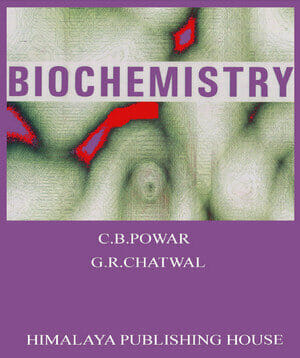 By C. B. Powar and Chatwal G R
By C. B. Powar and Chatwal G R
Biochemistry By C.B. POWAR Book PDF. he term ‘Biochemistry’ (BiosG = life) was first of all introduced by a German chemist called
Carl Neuberg in 1903. It may be defined as, the science which describes, in the language of
chemistry, the structure and functioning of living organisms.
BiocheMistry also means the chemistry of living organisms. Biochemistry includes aspects
of Organic Cllemistry, Inorganic Chemistry, Physical Chemistry, Physics, Biology and other basic
disciplines. It is also interrelated with Physiology, Microbiology, Clinical Sciences and Agriculture.
| File Size | 71 MB |
| File Format | |
| Download link | Free Download | Become a Premium, Lifetime Deal |
| Support & Updates | Contact Us | Broken Link |
| Join Our Telegram Channel |  |




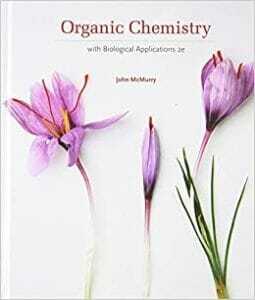
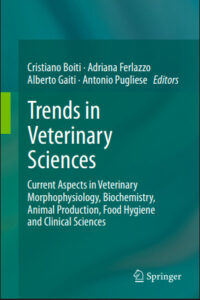

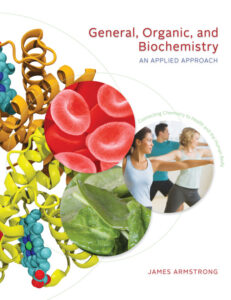
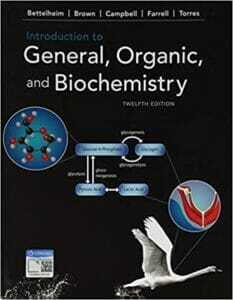




![Ettinger’s Textbook of Veterinary Internal Medicine 9th Edition [PDF+Videos] Ettinger’s Textbook of Veterinary Internal Medicine 9th Edition [True PDF+Videos]](https://www.vet-ebooks.com/wp-content/uploads/2024/10/ettingers-textbook-of-veterinary-internal-medicine-9th-edition-100x70.jpg)

![Textbook of Veterinary Diagnostic Radiology 8th Edition [PDF+Videos+Quizzes] Thrall’s Textbook of Veterinary Diagnostic Radiology, 8th edition PDF](https://www.vet-ebooks.com/wp-content/uploads/2019/09/textbook-of-veterinary-diagnostic-radiology-8th-edition-100x70.jpg)






